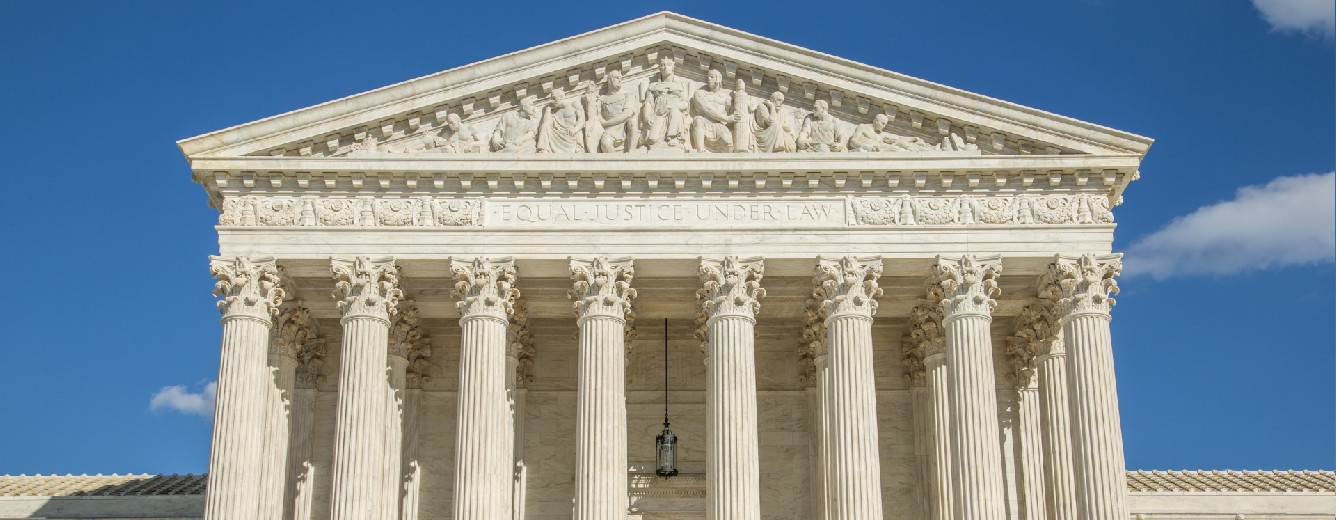On May 25th, 2023, the United States Supreme Court delivered a near unanimous opinion in a landmark Clean Water Act (CWA) case, marking the most significant development in half a century. The decision has ignited concerns within the environmental community regarding its potential impact on protected wetlands. In this special edition blog post, we explore the key takeaways from the ruling, discuss the implications for landowners and environmental regulations and what you need to know.
1. Background: The Case of Sackett et ux. v. Environmental Protection Agency et al.
The case revolves around private property owners in Idaho who began backfilling their land for construction purposes. The Environmental Protection Agency (EPA) informed them that their actions violated the CWA, as the property contained protected wetlands. The EPA classified these wetlands as “waters of the United States” due to their proximity to a creek that flowed into Priest Lake, an intrastate navigable waterbody.
2. Supreme Court’s Interpretation of “Waters of the United States”
The Supreme Court clarified that the term “waters” in Section 1362(7) of the CWA refers specifically to geographic features commonly described as “streams, oceans, rivers, and lakes.” Moreover, adjacent wetlands must have a continuous surface connection to these bodies of water, making it difficult to distinguish between the “water” and the “wetland.” The Supreme Court expressed concerns over the broad interpretation of adjacent wetlands, which could subject numerous landowners to potential criminal prosecution for ordinary activities such as moving dirt.
3. Elimination of “Significant Nexus” Test
In effect, the Supreme Court in Sackett eliminated Justice Kennedy’s “significant nexus” test, leaving the “relatively permanent” test of Rapanos as the sole legal basis for determining CWA jurisdiction of wetlands. This groundbreaking shift has wide-ranging implications and might leave many scholars, who have built their work on the “significant nexus” test, reevaluating their research.
4. Narrowing the Definition of “Waters”
The Supreme Court emphasized that for wetlands to fall under the protection of the CWA as “waters of the United States,” they must be indistinguishable from the nearby bodies of water. It concluded that the term “waters” encompasses only relatively permanent, standing, or continuously flowing bodies of water typically recognized as streams, oceans, rivers, and lakes. The Supreme Court challenged the EPA’s assertion that “water” universally includes wetlands, as this interpretation would be overly broad.
5. And for the Wetlands Geeks Out There: Agreement on Wetland Classification
All justices agreed that the wetlands of the Sacketts, who have had a contentious relationship with the EPA and the CWA over the years, are not wetlands under “Waters of the United States” (WOTUS). However, they provided varying reasons for this determination, which are further explained in the concurring decisions. This nuanced agreement highlights the complexity and significance of wetland classification.
6. Does a Berm Eliminate Jurisdiction?
One common question that arises is whether a berm (i.e., a raised strip of land) separating a wetland from WOTUS eliminates jurisdiction. Generally, the Supreme Court acknowledges that it does, except for an important footnote that suggests a landowner cannot extinguish CWA jurisdiction by building a berm on otherwise jurisdictional wetlands. This footnote may prove significant in future discussions and legal cases.
7. Finally, for Those Dying to Ask the Navigability Question
While the CWA extends to more than traditionally navigable waters, the Supreme Court does not dismiss the concept of “navigability” from the statute. This interpretation suggests that lawyers specializing in water-related issues may find continued job security as they navigate the intricacies of CWA jurisdiction.
8. Implications and Future Considerations
By overturning five decades of precedent, the Supreme Court has imposed stricter criteria for wetlands to be protected under the CWA. Moving forward, wetlands must demonstrate a continuous surface connection to bodies of water that themselves qualify as “waters of the United States.” This ruling introduces a new standard, requiring wetlands to be virtually indistinguishable from adjacent bodies of water. Consequently, property owners, regulators, and environmentalists must navigate the evolving landscape of wetland protection, with potential implications for land use, development, and conservation efforts.
9. Conclusion
The recent Supreme Court decision has significant ramifications for the interpretation and application of the Clean Water Act, specifically concerning the definition of “waters of the United States” and the protection of wetlands. As experts in environmental matters, Scout is committed to assisting stakeholders in understanding the implications and developing strategies for compliance.
Contact us today for further assistance at hello@scoutenv.com.
Note: For the full Supreme Court decision in Sackett et ux. v. Environmental Protection Agency et al., please click here.













